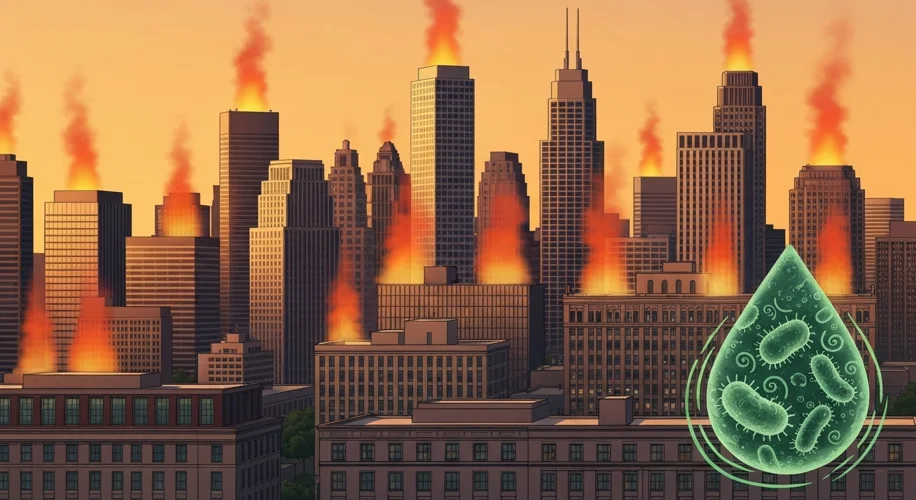Did you know that changing weather patterns can bring unexpected health challenges right to our doorsteps? It might sound surprising, but as our climate shifts, so do the risks associated with certain diseases.
We’ve seen this play out recently with Legionnaires’ disease outbreaks. For instance, news reports from August 2025 highlighted a serious situation in Harlem, New York, where cases rose significantly, sadly leading to fatalities. This isn’t an isolated incident; it’s a pattern we need to understand.
What is Legionnaires’ Disease?
Legionnaires’ disease is a severe form of pneumonia caused by the Legionella bacteria. These bacteria naturally live in freshwater environments, like lakes and streams. However, they thrive and multiply in warm water. This is where things get interesting.
The Climate Connection
As global temperatures rise, we’re experiencing more extreme heat events and warmer average temperatures. This creates ideal conditions for Legionella bacteria to flourish, particularly in man-made water systems that can become stagnant and warm.
Think about places like cooling towers in large buildings, hot tubs, decorative fountains, and even large plumbing systems. When these systems aren’t properly maintained, and the weather is warmer, the bacteria can multiply rapidly. If water from these sources then becomes aerosolized (turned into tiny droplets that can be inhaled), people nearby can become infected if they breathe them in.
Why the Recent Surge?
It’s a perfect storm of conditions. Warmer temperatures mean more opportunities for the bacteria to grow. In urban environments, like cities, we have a dense concentration of buildings with water systems that can become breeding grounds. When combined with other factors, such as infrastructure challenges or maintenance gaps, the risk increases.
The outbreaks we’ve seen serve as a stark reminder that climate change isn’t just about melting ice caps or rising sea levels; it directly impacts public health in our communities.
What Can We Do?
Understanding the link between climate and health is the first step. For communities and policymakers, this means paying closer attention to public health infrastructure and water system maintenance, especially in light of changing environmental conditions. For all of us, staying informed about local health advisories is crucial.
It’s a complex issue, but by understanding the science behind it, we can better prepare and protect ourselves and our communities.

